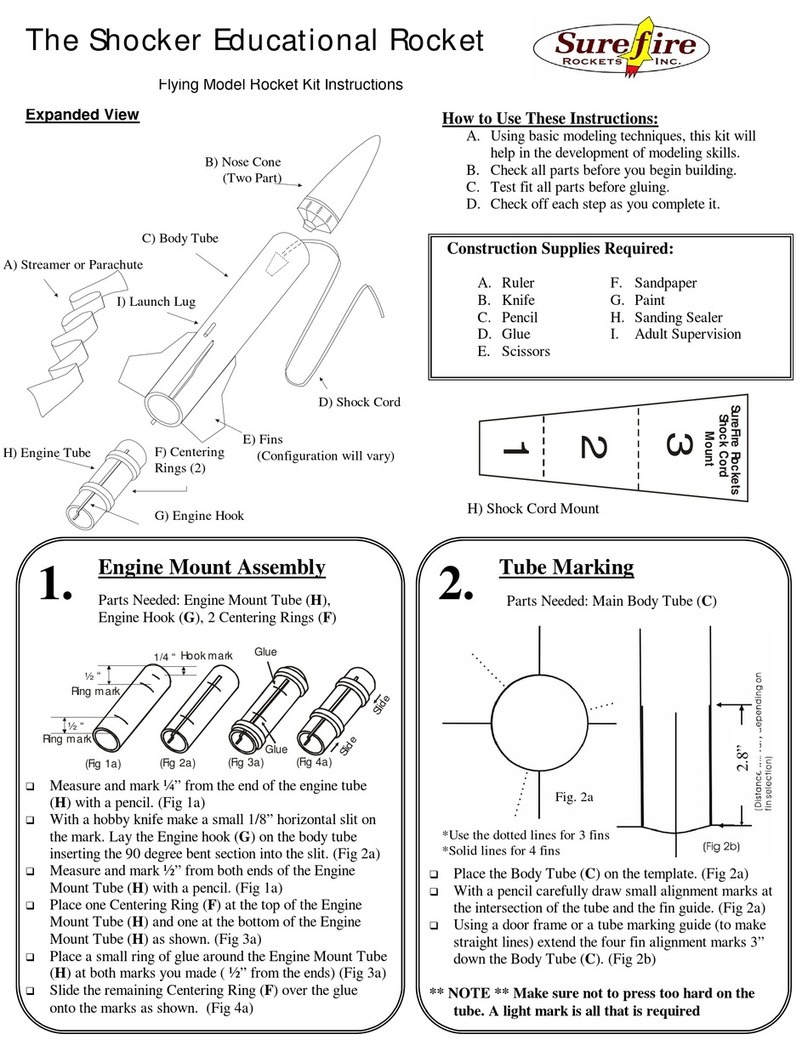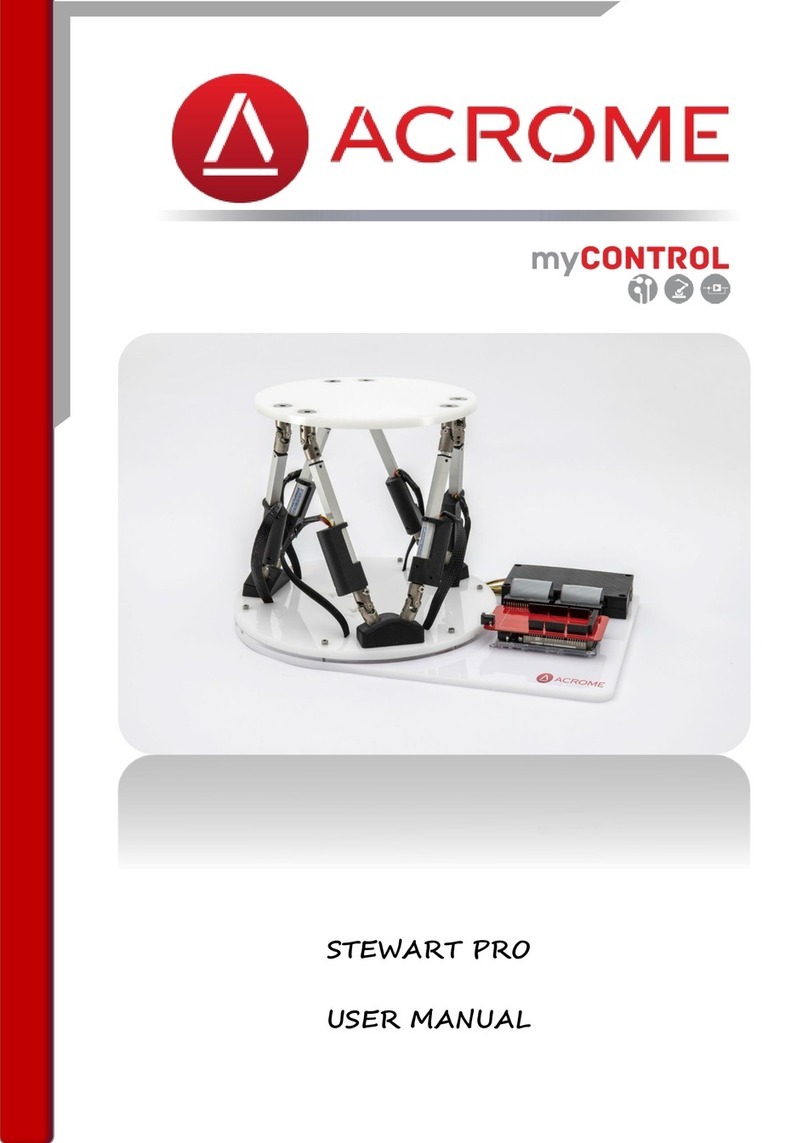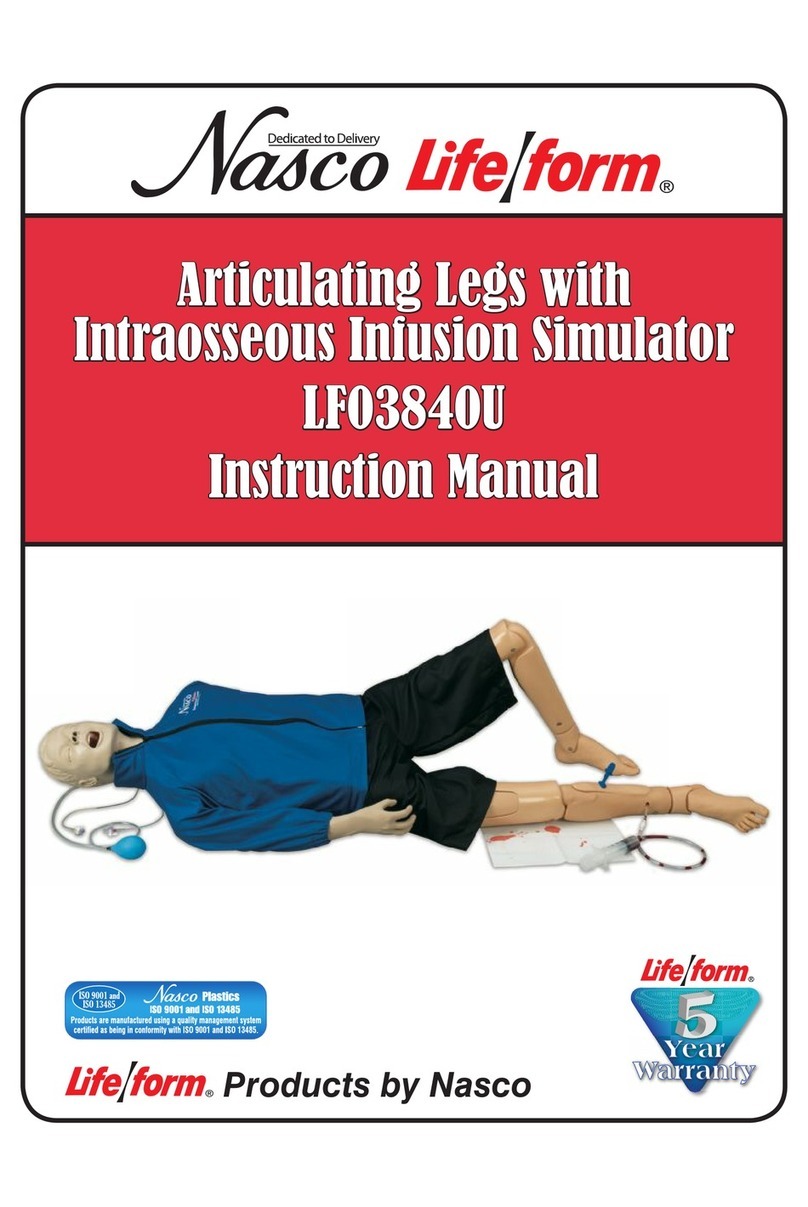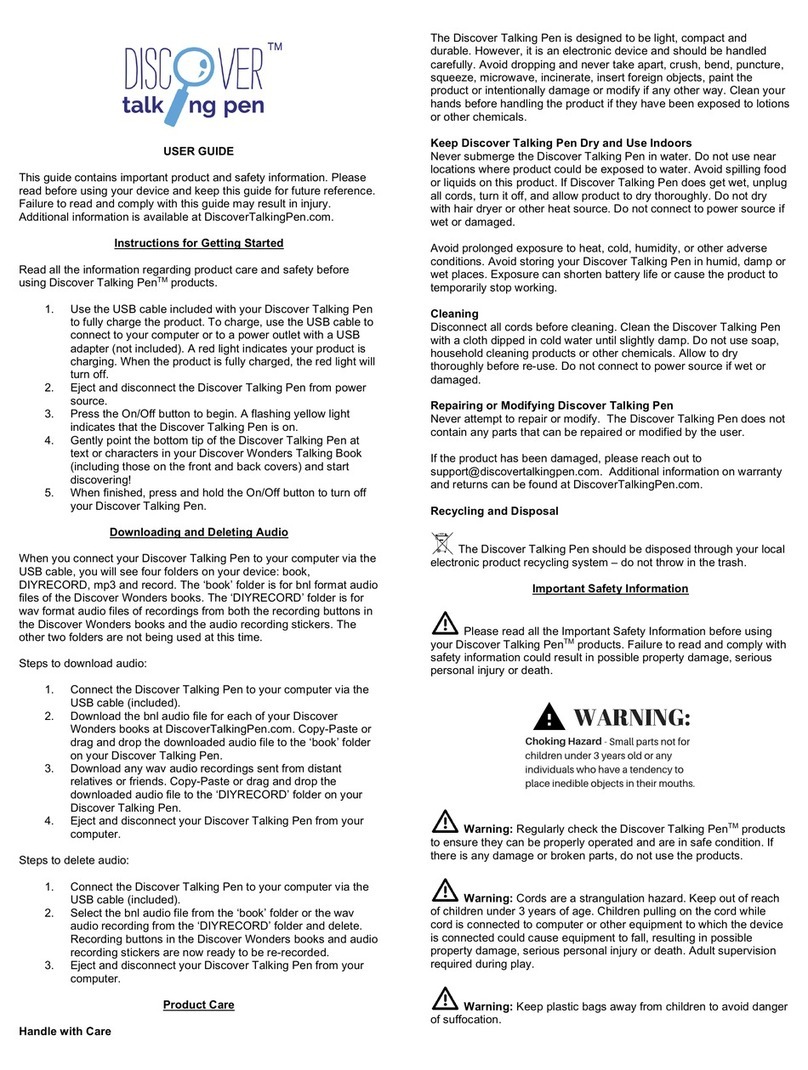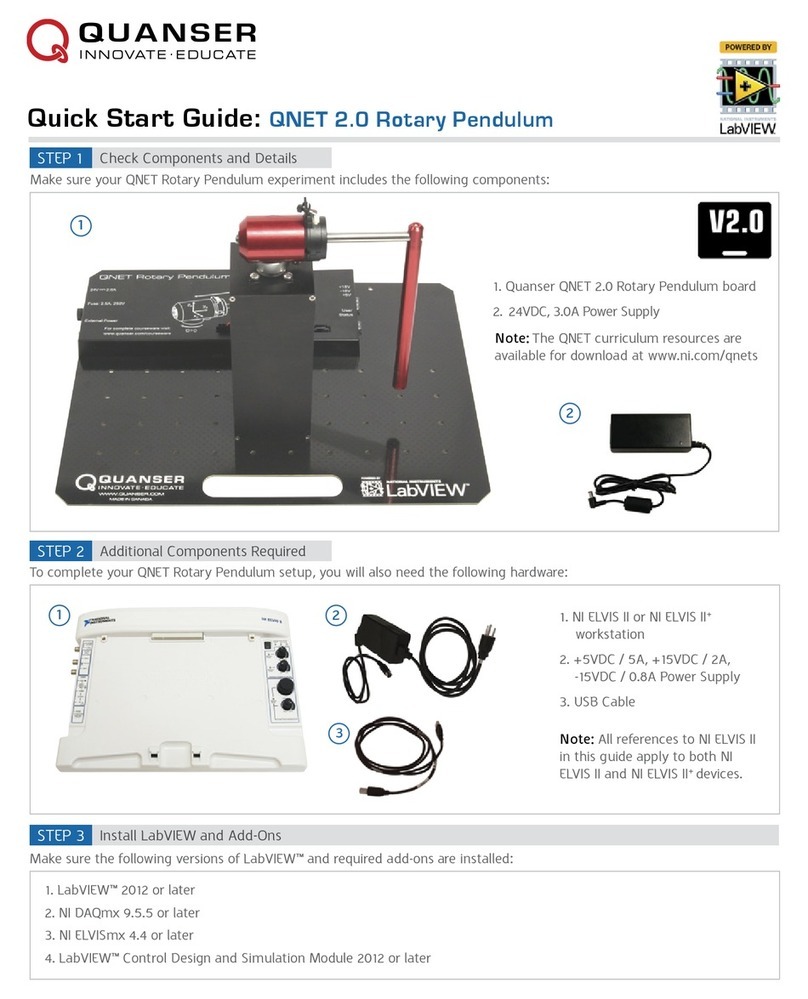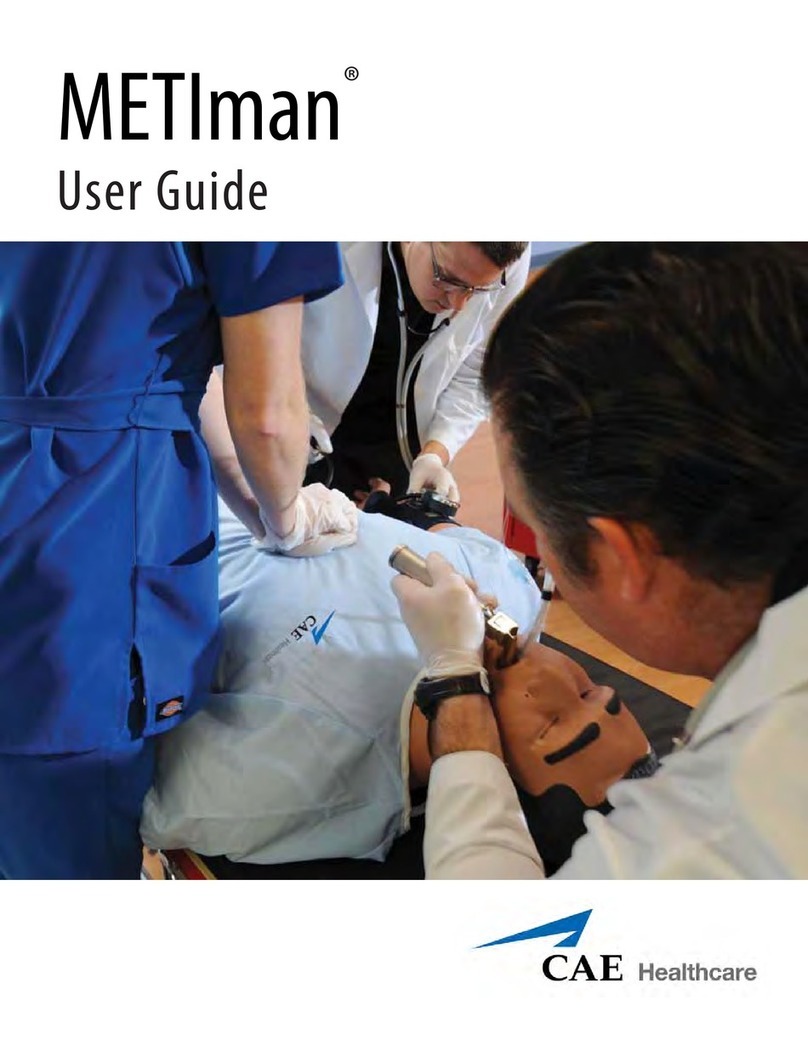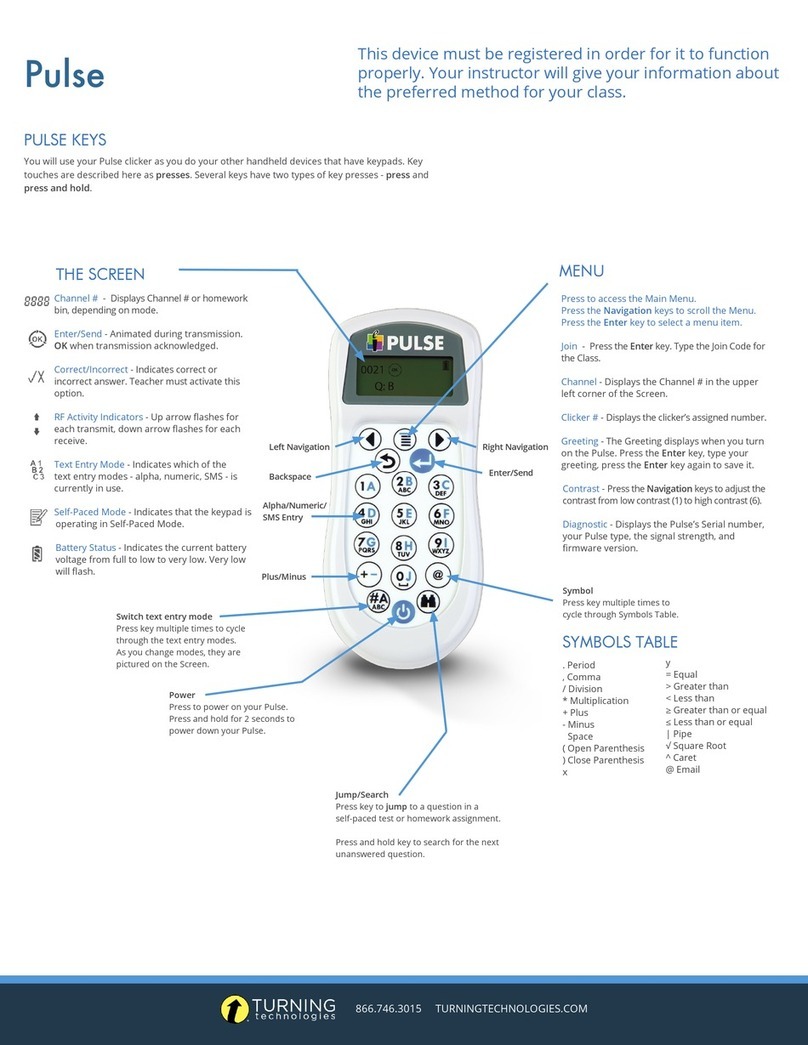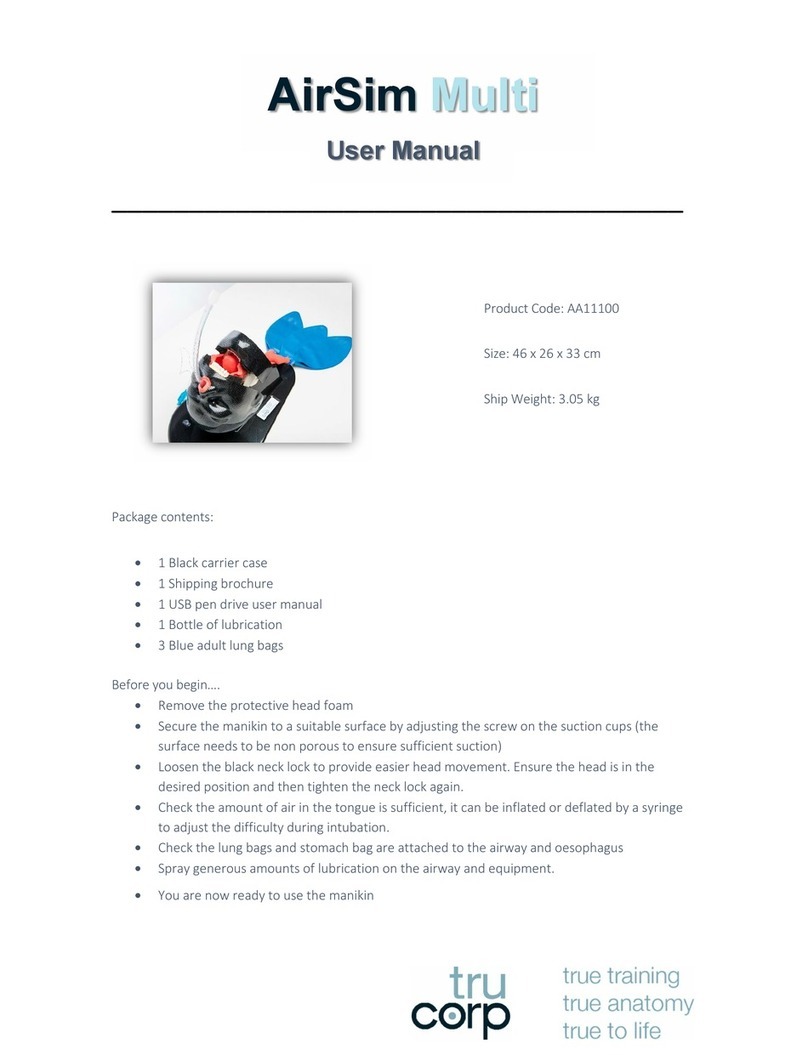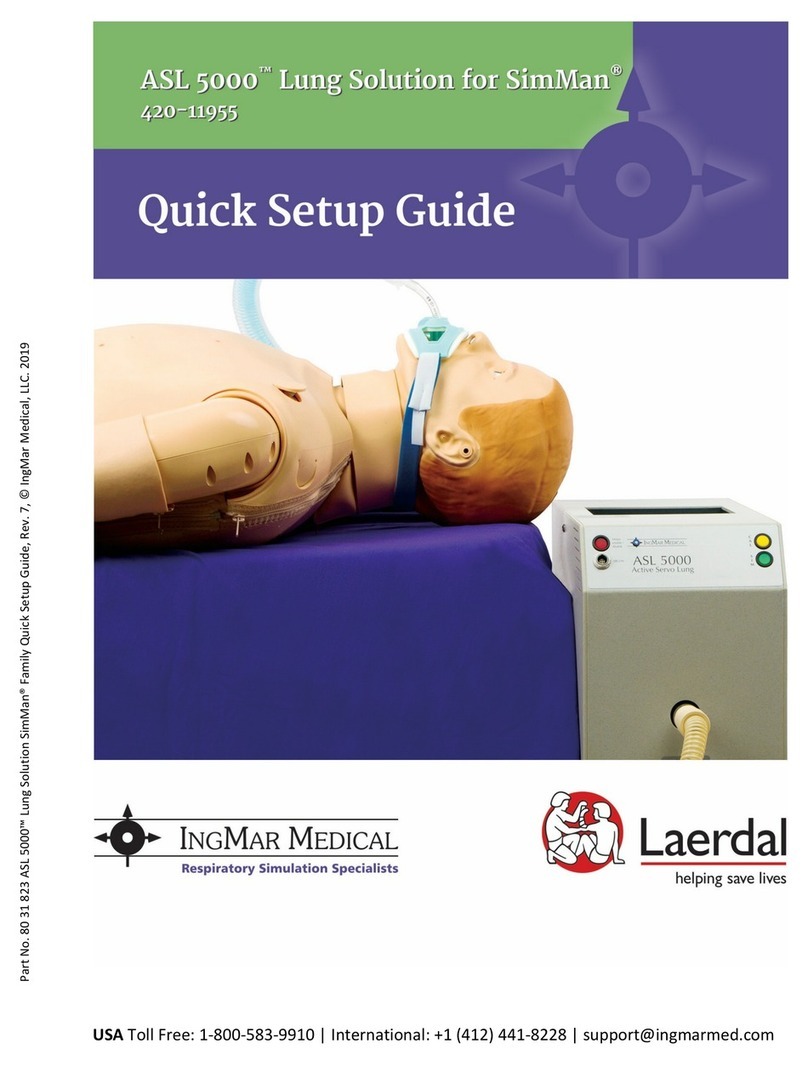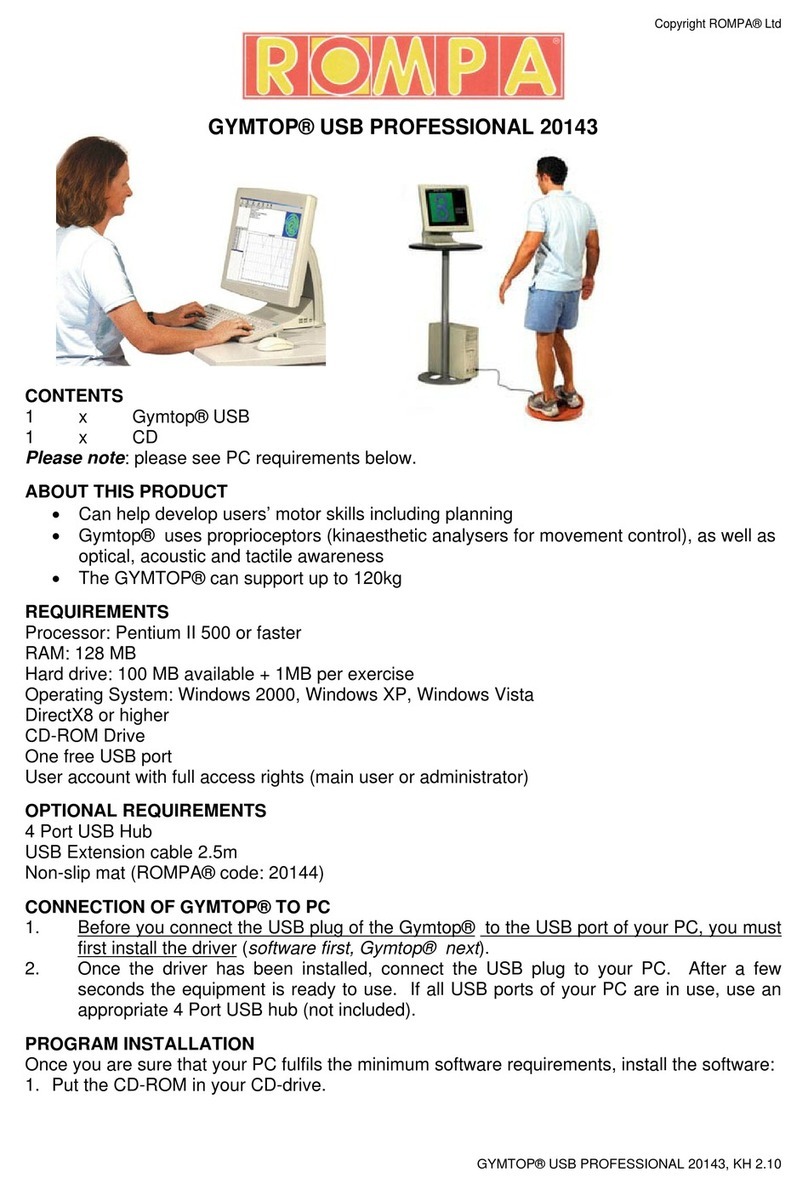
Zalecana kolejność montażu:
R1-R3, R17:.............4,7kΩ resistor (yellow-violet-red-gold)
C2-C4:.......................100nF capacitor (can be marked as 104)
C1:..............................22pF capacitor (can be marked as 22)
US2:...........................PCF8583P + IC socket!
R4-R11, R18:...........100Ω resistor (brown-black-brown-gold)
US1:...........................ATMEGA8A + IC socket!
T1-T5: .......................BC557 or similar !
Elements set on the soldering side
PIEZO:.......................buzzer with generator !
C5:..............................100µF capacitor ! (mounted on its side)
DISP:..........................4 number display
S1, S2:.......................microswitch
R12-R16:..................1kΩ resistor (brown-black-red-gold)
USB:...........................USB socket
D1, D2: .....................BAT43 diode!
Q1: .............................32kHz resonator (mounted on its side)
PH1:...........................photoresistor
BATT:.........................CR2032 battery
T1-T5
C5
1
US2
D1
D2
US1
1
4
Assembly and connection of the device not in accordance with the instructions, unauthorized modification of components and any structural modifications may cause damage to the device and
endanger the person using it. In this case, the manufacturer and its authorized representatives shall not be liable for any damages arising directly or indirectly from the use or malfunction of the
product.
AVT SPV reserves the right to make changes without prior notice.
This symbol means do not dispose of your
product with your other household waste.
Instead, you should protect human health
and the environment by handing over your
waste equipment to a designated collection
point for the recycling of waste electrical
and electronic equipment.
Leszczynowa 11 Street,
03-197 Warsaw, Poland
http://avtkits.com/
AVT SPV Sp. z o.o.
Assembly instructions
1
1
2
2
3
3
4
4
Too much tin solder can result in forming a ball
instead of a cone or joining of two adjacent
soldering points.
The cleanness of the soldered surfaces, right
amount of flux in the solder, adequately high
temperature (320-360°C), and sufficient amount of
solder are necessary to complete a correct
bonding.
seconds.
The whole process should take approx. 2-3
and then the soldering iron
Inadequate temperature, amount of tin solder or
impurities can lead to so called “cold solder
joints, i.e. solder and the flux can’t moisten the
two surfaces and the resulting solder point is
fragile and in time will oxidize, break, and stop
working.
of the element near the soldering field
Next, apply tin solder
Touch the tip of the soldering iron to the end
After the cone forms, remove tin solder first,
To get access to assembly tips and high-resolution pictures, download the .pdf file.
Begin by soldering the elements onto the circuit board in order from smallest to largest.
When assembling the elements marked with “!” pay attention to their polarity and placing of the notch.
!
marker marker
marker marker
markermarkermarker
long
lead
straight
side

